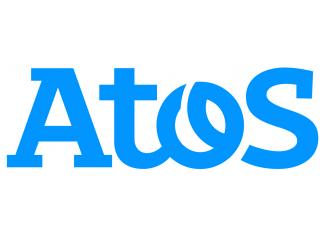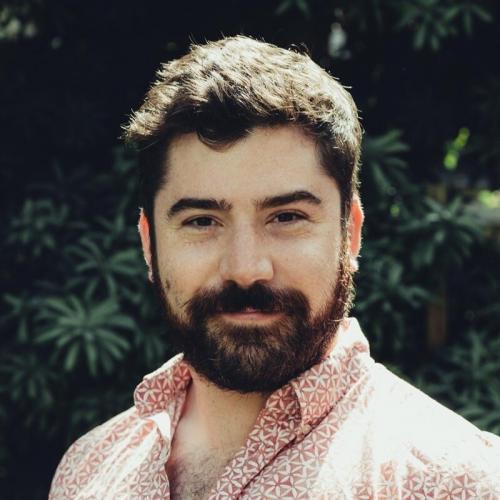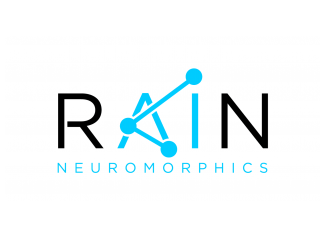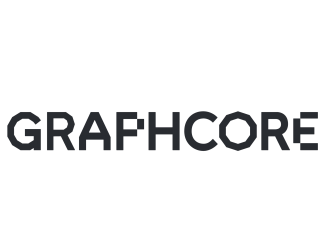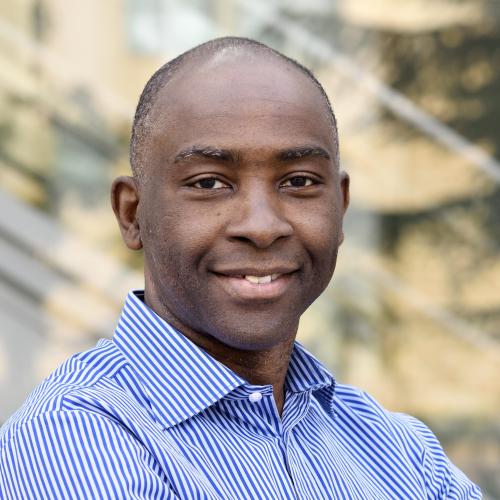In this keynote, Dr. Cédric Bourrasset, AI Distinguished Expert at Atos, will reveal how Atos pioneered the successful architecture, build, and delivery of large-scale AI infrastructures. He will present a live demonstration of Atos-driven technology to illustrate new AI-driven endpoints featuring GPU and IPU workflow capabilities, featuring a global customer case study to elaborate on the current complex challenges faced by designing and manufacturing large-scale AI computing platforms. He will also leverage over 15 years of personal experience in designing and manufacturing supercomputing systems.

Cedric Bourrasset
Dr. Cedric Bourrasset is AI Business Leader for High Performance Computing Business Unit at Atos. He is also AI product manager for the Atos Codex AI suite, software enabling AI workloads into HPC environments as well as integrating a computer vision solution. He joined Atos in 2016 as an expert in the HPC/AI domain.
Previously, Cedric received his Ph.D. in Electronics and computer vision from the Blaise Pascal University of Clermont-Ferrand defending the dataflow model of computation for FPGA High Level Synthesis problematic in embedded machine learning applications.
Atos
Website: https://atos.net/thinkai
Atos is a global leader in digital transformation with 109,000 employees and annual revenue of c. € 11 billion. European number one in cybersecurity, cloud and high performance computing, the Group provides tailored end-to-end solutions for all industries in 71 countries. A pioneer in decarbonization services and products, Atos is committed to a secure and decarbonized digital for its clients. Atos is a SE (Societas Europaea), listed on Euronext Paris and included in the CAC 40 ESG and Next 20 Paris Stock indexes.
The purpose of Atos is to help design the future of the information space. Its expertise and services support the development of knowledge, education and research in a multicultural approach and contribute to the development of scientific and technological excellence. Across the world, the Group enables its customers and employees, and members of societies at large to live, work and develop sustainably, in a safe and secure information space.
